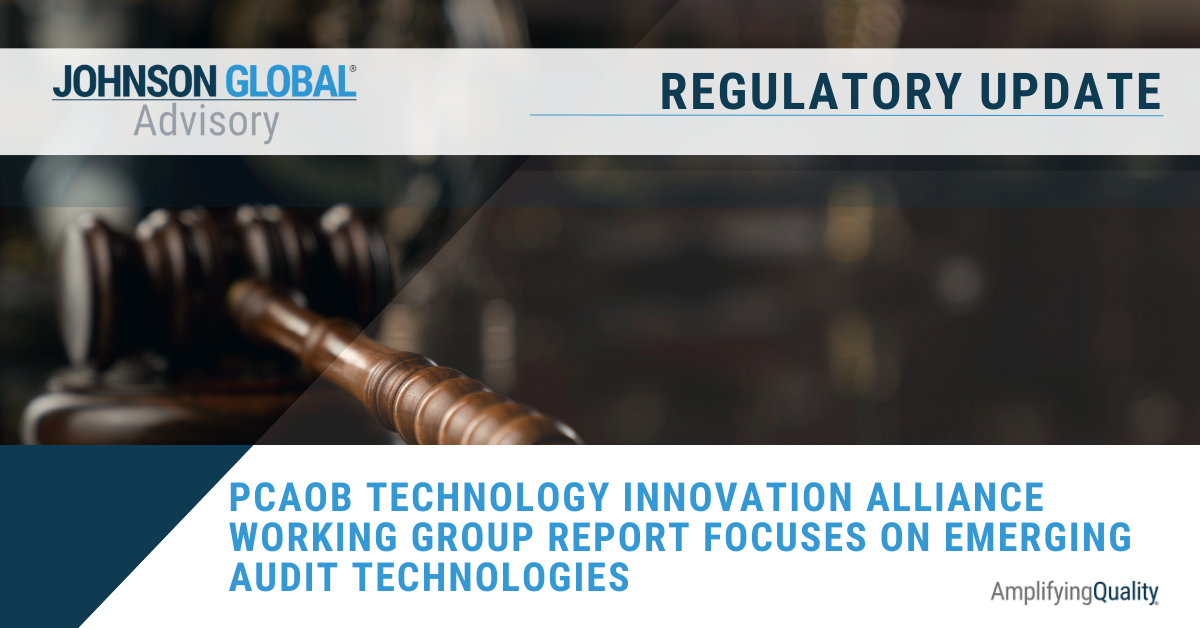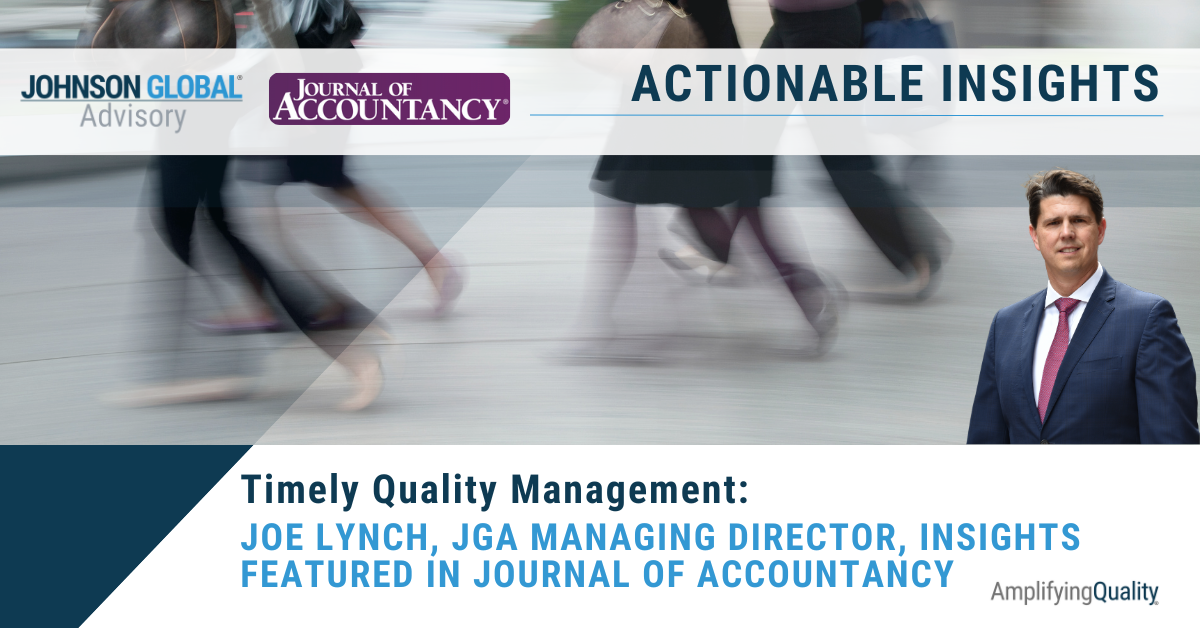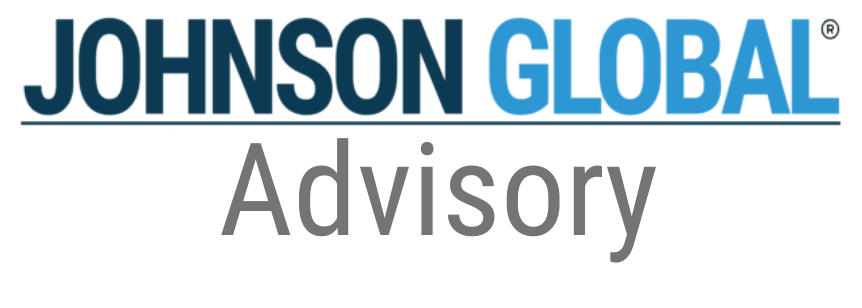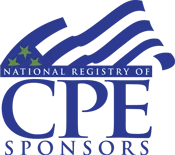Is it Just a Significant Deficiency? Evaluating Deficiencies in ICFR

I know, the words “material weakness” just seem so extreme. When I ask an engagement team about its evaluation of control deficiencies and whether there could be a material weakness, the team will almost always respond, “No, we really think it’s just a significant deficiency.” The thought process being, how could a little control deficiency that deals with an immaterial variance possibly rise to the level of a material weakness? Of course, I always follow up with “Tell me why.”
I suppose to start, we should define a material weakness. The PCAOB defines the term as follows:
A material weakness is a deficiency, or a combination of deficiencies, in internal control over financial reporting, such that there is a reasonable possibility that a material misstatement of the company's annual or interim financial statements will not be prevented or detected on a timely basis. 1
The key here is the term “reasonable possibility.” It does not mean that there is in fact a material misstatement, but rather that the internal controls over financial reporting would not sufficiently prevent or detect a material misstatement and thus, there could potentially be a material misstatement.
Time and again, through various pre- and post-issuance reviews as well as through my experience with audit consultations, I have seen engagement teams struggle to appropriately evaluate deficiencies in internal control. Often, teams will look at the control deficiency and point to the fact that the deficiency involves an immaterial variance. If only it were so simple to conclude as such. It’s like engineers building the leaning Tower of Pisa saying, “The ground hasn’t fully settled, but it’s only off by a couple degrees. It’s not that material.” No, a couple degrees may not be significant, but if it compromises the structure of the tower, well, then it’s material.
The guidance within the PCAOB is housed within AS 2201, An Audit of Internal Control Over Financial Reporting That is Integrated with An Audit of Financial Statements. Controls deficiencies can arise from testing the operating effectiveness of controls in an integrated audit as well as from the identification of audit misstatements during substantive testing. Thus, while AS 2201 is pertinent to integrated audits, it is equally applicable to non-integrated audits when engagement teams are evaluating the severity of control deficiencies. AS 2201 provides numerous factors to be considered when evaluating control deficiencies including some of the following:
- Risks: The guidance provides various risk criteria that should be considered including susceptibility to fraud as well as risks related to the nature and complexity of the account. Generally, the greater the risk, whether due to fraud, subjectivity, or complexity, the higher the correlated risk of a material weakness in controls.
- Materiality of the misstatement and/or account: When evaluating materiality, teams should consider the materiality of the misstatement (if there is a correlated misstatement) as well as the materiality of the account. For instance, if an engagement team finds a control deficiency in testing revenue controls, the engagement team should consider all revenue at first and then begin to reduce the account balance based on specific characteristics of the deficiency or misstatement. If, for instance, the control deficiency or misstatement only relates to a specific revenue stream, the exposure would then also be limited to a specific revenue stream. As a general principle however, if an audit misstatement was identified and its material, the presumption would be that there is a control deficiency and that it is likely a material weakness.
- Compensating controls: Often engagement teams will point to other controls as “compensating controls.” In this evaluation, it is critical that engagement teams consider the following:
- Do the compensating controls cover the relevant assertion(s)?
- Do the compensating controls operate at a sufficient level of precision to truly identify a potential misstatement? Often, teams will point to financial statement review controls as compensating controls, but if these controls have higher management thresholds or are too high level, would it really compensate for the specific control with the deficiency?
- As a general thought, when I begin to see one singular control that acts as a compensating control for most, if not all, control deficiencies identified in an audit, I begin to wonder if that control really is sufficiently precise. It begs the question, why were all the other controls identified as key if all relevant assertions for all accounts could be covered by one or two compensating controls?
- Remediation of the control: Though not explicitly identified in the guidance, management and engagement teams often will point to remediation of controls to reduce the risk of material weakness. While remediation is important to consider, engagement teams must also consider if there are sufficient instances of the control occurring after remediation to test and conclude on the operating effectiveness of the control at reporting period end. If so, the control deficiency identified during the period would in fact, at period end, not be considered a control deficiency.
To perform a thorough evaluation of a control deficiency, engagement teams should understand the nature of the deficiency (what went wrong?) and the root cause (why did it go wrong?). From there, the engagement team can make an appropriate determination of the potential account balance at risk and consider what controls would compensate for the known issue.
In addition, teams need to evaluate each deficiency in isolation as well as in aggregate. Aggregation could be grouped by account, location, or client entity; engagement teams should consider multiple levels of aggregation if they exist and/or are merited. AS 2201 specifically states that, “Multiple control deficiencies that affect the same financial statement account balance or disclosure increase the likelihood of misstatement and may, in combination, constitute a material weakness, even though such deficiencies may individually be less severe.” 2
In our work with audit firms, we often instruct teams to first consider each deficiency to be a potential material weakness, and then, after evaluating the various factors, reduce the severity of the deficiency from a material weakness to a significant deficiency or to a control deficiency. Essentially, start first with the presumption that it is a material weakness and then tell me why it’s not.
Regardless of the severity, engagement teams need to document the impact of the control deficiency on the substantive audit. If it’s just a control deficiency and there is a relevant compensating control, there may be no impact on the substantive audit. However, if it evolves into a significant deficiency and/or material weakness, there would likely be some sort of impact on the substantive audit if the engagement team planned on a control reliance approach.
While it’s easy to write all this, performing the evaluation itself is difficult. Teams often feel burdened to “make it go away” because a discussion with management and the audit committee around a material weakness is not easy. But that doesn’t change management or the auditor’s responsibility. Management is responsible for the design and implementation of internal controls over financial reporting. The auditor is simply there to evaluate the design and operating effectiveness and conclude based on the testing.
I encourage teams to take a step back and trust your gut. When I perform reviews, I’m not looking for material weaknesses, but when I find one, it’s generally pretty obvious to me (and to the team, honestly). All it takes is a couple questions and teams agree. So, trust your gut; if it smells like a material weakness, it probably is.
1 PCAOB Auditing Standard 2201: An Audit of Internal Control Over Financial Reporting That is Integrated with An Audit of Financial Statements. Paragraph A7.
2 AS 2201.65
About Johnson Global Advisory
Johnson Global partners with leadership of public accounting firms, driving change to achieve the highest level of audit quality. Led by former PCAOB and SEC staff, JGA professionals are passionate and practical in their support to firms in their audit quality journey. We accelerate the opportunities to improve quality through policies, practices, and controls throughout the firm. This innovative approach harnesses technology to transform audit quality. Our team is designed to maintain a close pulse on regulatory environments around the world and incorporate solutions which navigate those standards. JGA is committed to helping the profession in amplifying quality worldwide.
Visit www.johnson-global.com to learn more about Johnson Global.











